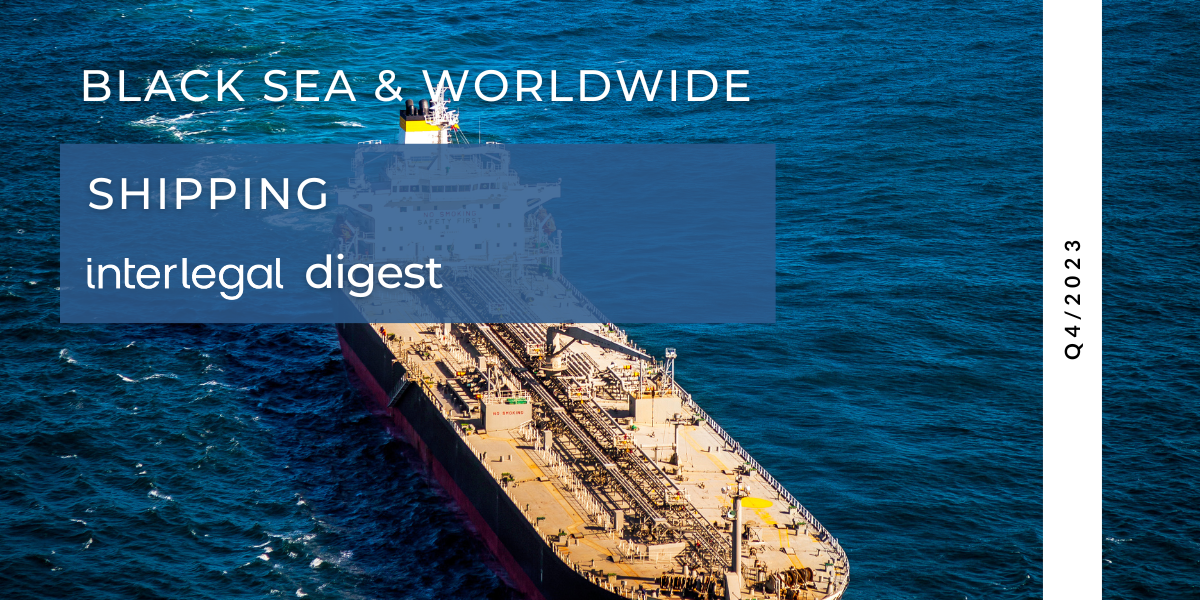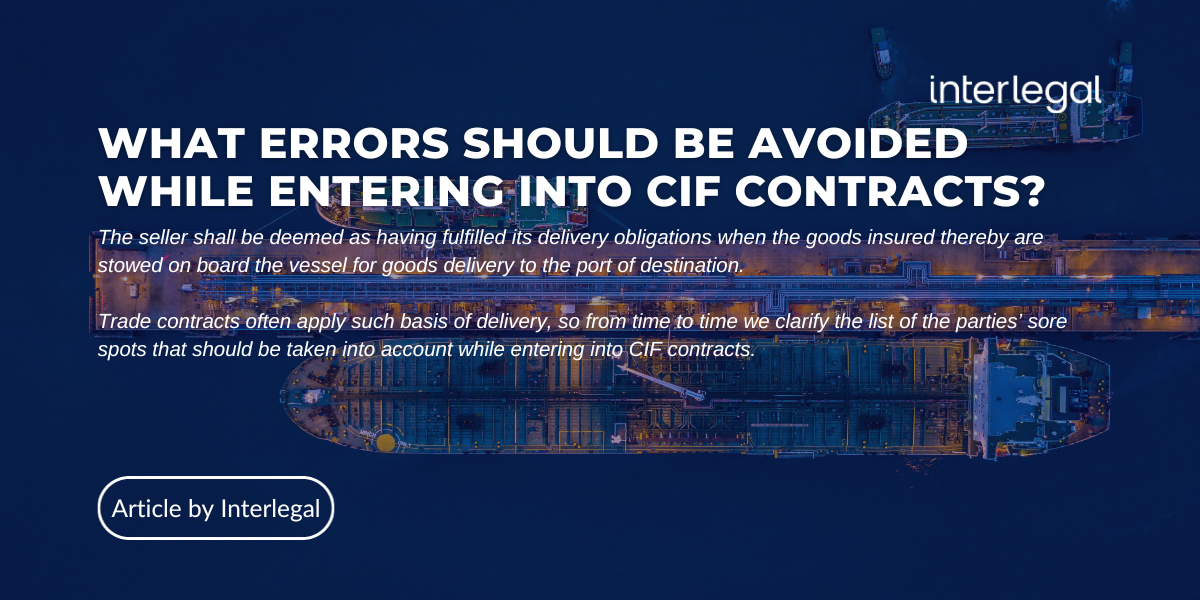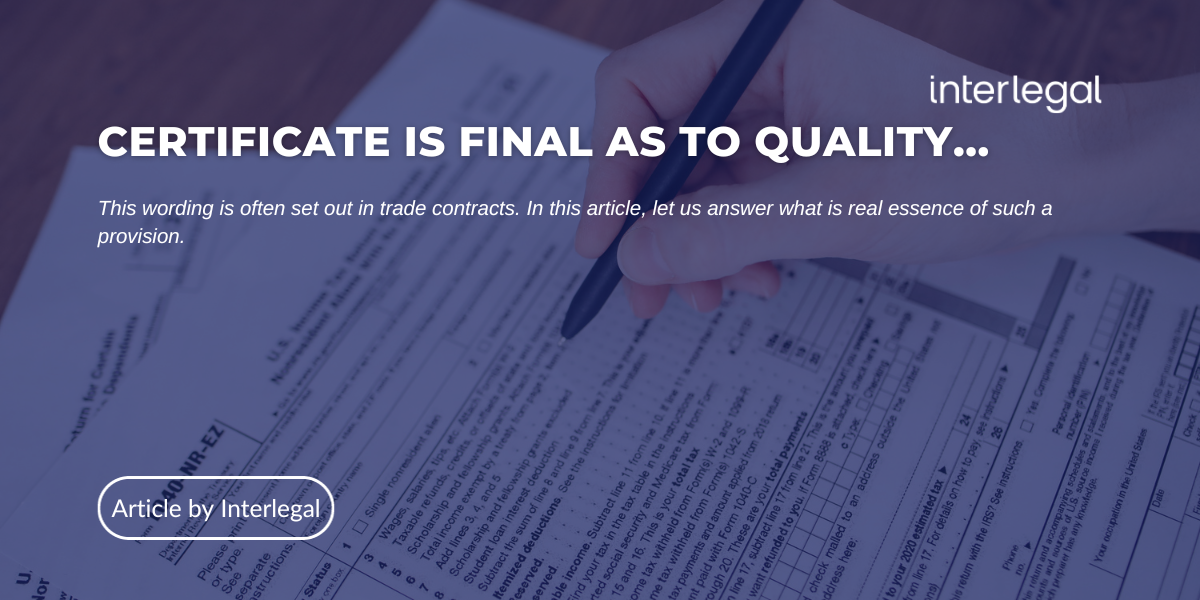An EVER GIVEN … event: what’s next?
1 March, 2021
3
Nearly 19,000 vessels passed through the Suez Canal last year, carrying around 12% of global trade, including 7% of the world’s oil. Transiting the canal saves ships more than a week and many fuel costs compared with the longer route via the Cape of Good Hope.
It is not the first time that incidents occur in the canal’s waterway. Other groundings of vessels in the past have closed the narrow waterway. The first reported accident occurred in 1937 when gust winds and a rainstorm caused the U.K.-owned passenger liner “VICEROY OF INDIA” to run aground into the bank and block marine traffic for one day. Over the century, several other merchant vessels have collided or briefly caused disruptions in the waterway for up to three days, including a Greek-owned oil tanker in 1954, a Russian tanker in 2004, and a container ship that broke down in 2018, causing a multi-ship collision. In all cases, however, the groundings were rapidly resolved. But it is the first time a ship obstructed the canal’s entire width, like the Ever Given.
In August 2014, the Egyptian government launched a construction bid to widen the Ballah Bypass for 35 km (22 mi) to speed up the canal’s transit time. The expansion intended to nearly double the Suez Canal capacity, from 49 to 97 ships per day. At the cost of 59.4 billion Egyptian pounds (US$9bn), the “New Suez Canal” was opened on 6 August 2015. However, notwithstanding the expansion works, at its narrowest, the canal is only 300 metres wide.

The giant 200,000 tonne ship and 400-meter-long (1,312ft) ) ULCV EVER GIVEN (IMO 9811000), a Panama-flagged, Japanese-owned ship (Shoei Kisen KK), built in 2018 and time- chartered by the Taiwanese Evergreen Marine, ran aground and became lodged sideways across the waterway at about 07:40 local time (05:40 GMT) on Tuesday 23 March. The vessel was transiting northbound through the Canal en-route from China to Rotterdam when it grounded. At the time of the incident, two canal pilots were on board the ship, and there was (reportedly) a sandstorm at the waterway, with wind speeds reaching up to 40 knots. All crew were safe and accounted for, with no reports of injuries. However, the canal is today still blocked to commercial shipping from both sides with a huge and rapidly increasing backlog of vessels lining up in the anchoring areas awaiting for commercial operations to resume. Damages to the vessel’s hull or machinery are likely to be minor or non-existing, but huge economic losses are rapidly taking shape on the horizon.
The exact number of container ships of this size transiting the canal every year is unknown but container vessels account for almost a third of all canal traffic. Their depth makes navigation within the canal more difficult. When operating within such tight margins, ships of this size must maintain a certain speed to keep their steering effective. With the capacity to carry over 150,000 cargo tons, these ships cannot stop suddenly. If something goes wrong, crews have very little time to react before they run aground.(https://theconversation.com/suez-canal-container-ship-accident-is-a-worst-case-scenario-for-global-trade-157802).

The ship’s operators insist that the vessel crashed into the bank because of gusting winds (of around 30 knots) and reduced visibility caused by a sandstorm, but the grounding circumstances remain unclear. Egyptian authorities suggested Saturday that human error may have been a factor and, with fatigued crews that often are embarked for much longer than they should due to the pandemic restrictions, this may well be a circumstance to be considered as plausible in the absence of mechanical or engine issues. The causes are presently under investigation, and it is anyway premature to draw conclusions.
Most recent hopes that the MV EVER GIVEN could finally sail away after successfully dislodging the stern from the shallow sandy edge of the canal faded away this morning after the Dutch dredging subcontractor’s company BOSKALIS made clear that the bow is still dipped solid rock in the sand.
For EVERGREEN, the incident, however unpleasant commercially, may not have substantial economic repercussions. The vessel is chartered on a long-term basis by the Taiwanese multinational but owned by a Japanese shipowner, the latter seemingly having to sustain all costs arising out of salvage operations or from loss of revenue of the Suez Canal Authority (SCA) and extra costs and damages suffered by the operators of the merchant ships whose passage has been disrupted. Even in relation to the Carrier’s liabilities arising out of the bills of lading issued by EVERGREEN, damages to cargo receivers may well be limited to loss of or damage to perishable cargo, considering that nor Hague or Hague-Visby Rules provide for liability for delay (but Hamburg Rules do).
A considerable General Average claim is likely to hit all the interests in the adventure. Salvage is generally considered a GA expenditure, and further, there may be additional GA costs (e.g. transshipment costs). The GA adjuster will require security before the cargo is released and this is in addition to the separate form of security provided to salvors. The time charterers will be liable in salvage for their proportion (based upon the value of bunkers on board), and it constitutes an additional claim against Owners.
Whether or not Owners will recover from cargo interests and general average will depend upon whether Owners will be liable for the losses under the contract of carriage.
P&I Clubs (the Third Party Liability Insurers of Owners and Charterers) typically cover the proportion of general average, special charges, or salvage which an insured Owner may be entitled to claim from cargo or any other party to the marine adventure, and which is not legally recoverable solely because of a breach of the contract of carriage.
On the other hand, the Ship’s proportion of general average, special charges, or salvage not recoverable under the Hull Policies solely by reason of the value of the ship being assessed for contribution to general average or salvage at a value in excess of the sums insured under the Hull Policies, is covered by P&I Clubs only discretionarily.
The share of salvor’s remuneration to be borne by cargo interests is paid directly by the cargo interests to the salvors to avoid them exercising the lien on cargo before delivery, contractually provided under the salvage contract (such as Lloyds Open Form) unless security for the claim is provided voluntarily by the cargo interests. But in some cases, the shipowner may be legally obliged to secure and pay for the cargo’s proportion of the salvor’s remuneration, or he may choose to do so for commercial reasons to avoid additional delays in the delivery of his customers’ cargo. In this latter case, the shipowner may seek to recover cargo interests’ proportion from the cargo interests through the general average mechanism.
Interestingly enough, the Rules of Navigation of the Suez Canal (articles 55) do not provide for obligatory towage in the canal (only pilotage is required). Only in specific cases, dictated by art. 57 of the Rules, the SCA has a discretionary power to order the Master to take one or more tugs in assistance. In the case of the EVER GIVEN the SCA did not consider this necessary and surely was not the first time that such ship transited the Canal without tug assistance.
The latest incident brings into evidence the fact that, as ships get larger and more sophisticated, their reliance on narrow shipping routes constructed in an earlier age looks increasingly difficult. Today’s blockage may have limited long-term implications. Still, incidents like it could repeat in the future following an engine failure or a malicious cyber-attack, causing targeted or widespread impacts on global and local trade.
























































